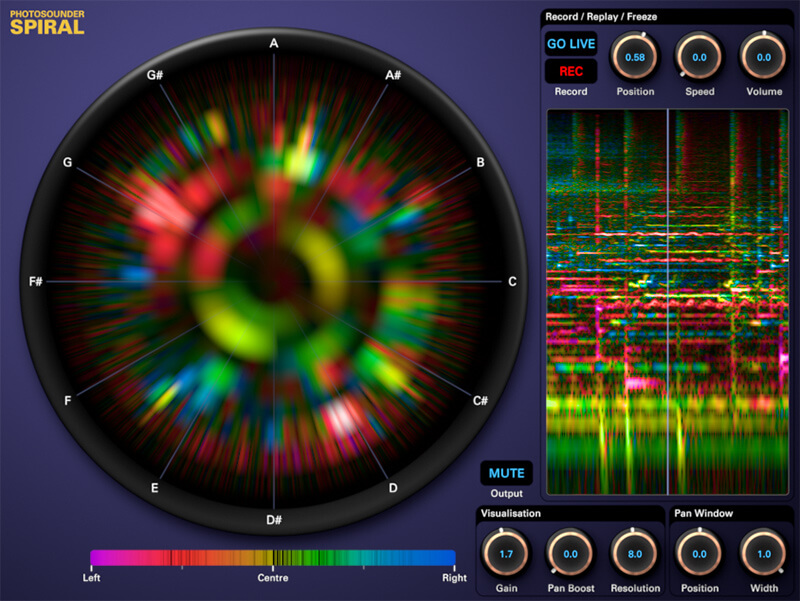
And due to the Fourier uncertainty principle it’s impossible to actually fine-tune a song by a spectrogram for example, the shorter a sine wave is made, the broader its frequency span is, no matter what window is used. For your 0.5 volume 0Hz sine wave, each of the samples by themselves is a white noise, but the phase of all except 0Hz ends up cancelling and the overall result is a 0Hz sine wave. White noise, in the context of DSP, is defined as: “serially uncorrelated random samples with zero mean and finite variance”.įor each frequency there’s a phase. It’s not correct to say that a unipolar pulse train “is” white noise, unless you redefine “white noise” to mean something different from how white noise is defined in the context of DSP.

It’s true to say that a “unipolar pulse train” (which is what your audio sample is) has an average frequency distribution that is the same as white noise (constant power spectral density). Sample values (or air pressure) that increases or decreases at a constant rate (a “ramp”) is also silent. The absolute air pressure at a moment in time says nothing about what sound may or may not be present.Įven if we have two samples (known air pressure at two moments in time), we still can say nothing about what frequencies may be present, because sound is defined by frequency, and frequency is determined by the rate of change. The acoustic equivalent is to ask, “what is the frequency for a given air pressure at a moment in time?” This is unknowable, because sound only exists due to changing air pressure.
#Photosounder images series#
For example, if a single sample has a value of +0.5, then you are saying that it is “uniform white noise”, but what if the surrounding samples also have a value of +0.5? If a series of samples all have the same value, then it is silence.

Whether it is noise or not depends entirely on surrounding sample values. Note that a single sample is a uniform white noiseĪ single sample is not any kind of noise, it just represents a voltage. On the other extreme is placing the impulse response on every sample, but this leads to phase cancelling in such a way that only the infamous “zero frequency” remains. On one extreme is placing the impulse response only once the frequency distribution is perfect but the volume distribution is very uneven. There’s no escape from any of those issues. And with superresolution methods such as the Reassignment spectrogram mode or the high quality tempo/pitch stretches, both of those issues are evident at all points of time and frequency for any white noise. Or it’s possible to adjust the audio in the Fourier domain to even out the frequency distribution, but then the volume is uneven.

Similarly, adjusting the audio envelope is multiplying the audio by a variety of low frequencies which implies an FFT frequency convolution which also makes the frequencies phase cancel out. It is possible to add samples to even out the volume distribution, but the frequencies then often phase cancel out, making for an uneven frequency distribution. The problem with making true white noise is the Fourier uncertainty principle. (when old traditional white noise is slowed down by tempo, it decomposes onto its non-uniform frequency components, and when that is sped back up by tempo, it again sounds like the original)

However, the high quality tempo change (set at 0) does preserve the difference as it makes the spectrograms in super resolution. Interestingly, my white noise sounds similar to the old traditional white noise when processed through paulstretch or Photosounder, because they use the old traditional white noise to generate sound from spectrograms. It clearly looks like your spectrograms follow the Audacity’s tradition of “overkill” time resolution. In this image I have generated white noise amplitude -20 dB (about the same RMS level as your sample. We can see why your generated “white noise” sounds different from Audacity’s white noise by looking at the spectrogram. “In signal processing, white noise is a random signal having equal intensity at different frequencies, giving it a constant power spectral density.”


 0 kommentar(er)
0 kommentar(er)
